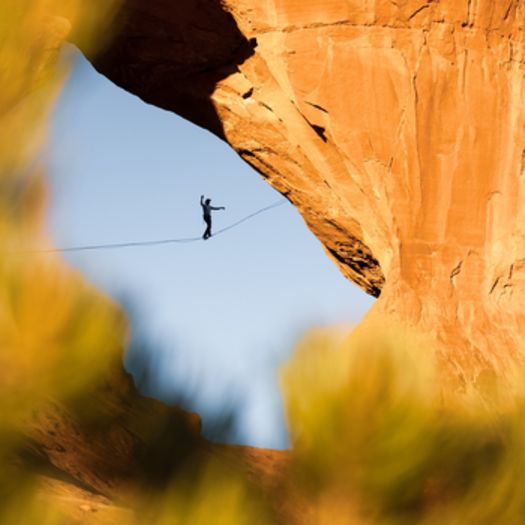Dawn Wilson, president of the North American Nature Photography Association, has spent nearly a decade embracing the RV lifestyle. Since purchasing her first RV as a solo traveler in 2015, Dawn has explored the vast and varied landscapes of the United States. From the rugged beauty of Yellowstone and Grand Teton National Parks to the breathtaking wilderness of Alaska, her travels have been a testament to the boundless opportunities RVing provides.
With time, practice, and a positive mindset, she mastered the skills necessary to confidently navigate her motorhome through all kinds of terrain. Today, she shares her knowledge and experience with others, encouraging them to embrace the adventure of RV travel.
Dawn’s is a great resource for both new and seasoned RV enthusiasts. Her practical tips and insights demystify the challenges of driving a large motorhome, making the experience more accessible and enjoyable for all. Whether you’re a beginner or looking to improve your skills, Dawn’s advice will help you hit the road with confidence.
Tips for Driving a Class A Motorhome
Driving a Class A motorhome—which can range from 26 feet to 45 feet in length—is quite different from driving a car or even a large truck. With the added possibility of towing a vehicle, you could be handling a rig as long as 65 feet! But with preparation, practice, and the right approach, you can become a skilled and confident driver.
RELATED: Travel in Comfort in a Class A Motorhome
1. The Information is at Your Fingertips
Before embarking on your first trip, take advantage of the wealth of resources available to prepare yourself. Watch videos on topics such as:
- Making wide turns.
- Handling a tire blowout.
- Managing blind spots and situational awareness.
- Driving on hills and mountains.
Many tire manufacturers offer free, in-depth videos on tire safety. Additionally, familiarize yourself with the proper steps for setting up and breaking down camp, including retracting slides and disconnecting utilities.
2. Practice Your Skills Before Hitting the Road
Before navigating traffic, practice in a large, open parking lot, such as one at an empty shopping center. Focus on essential skills like:
- Backing up and parking.
- Maneuvering around obstacles.
- Making turns and adjusting to the RV’s size.
Repetition will build your confidence and make driving in real-world conditions much easier.
3. Prepping for Safe Driving
Operating a motorhome requires more pre-trip preparation than a typical car. Follow these essential safety checks:
- Install a Tire Pressure Monitoring System (TPMS): This system monitors tire pressure on both the RV and any towed vehicle, alerting you to issues before they become serious.
- Develop Hand Signals: If traveling with a partner, create clear hand signals for parking, campsite setup, and other maneuvers to avoid miscommunication.
- Clean Your Mirrors and Camera: Ensure your side mirrors and rear view camera are clean for maximum visibility.
- Secure Blinds and Curtains: Pull back all blinds and curtains to improve visibility inside and around the RV.












